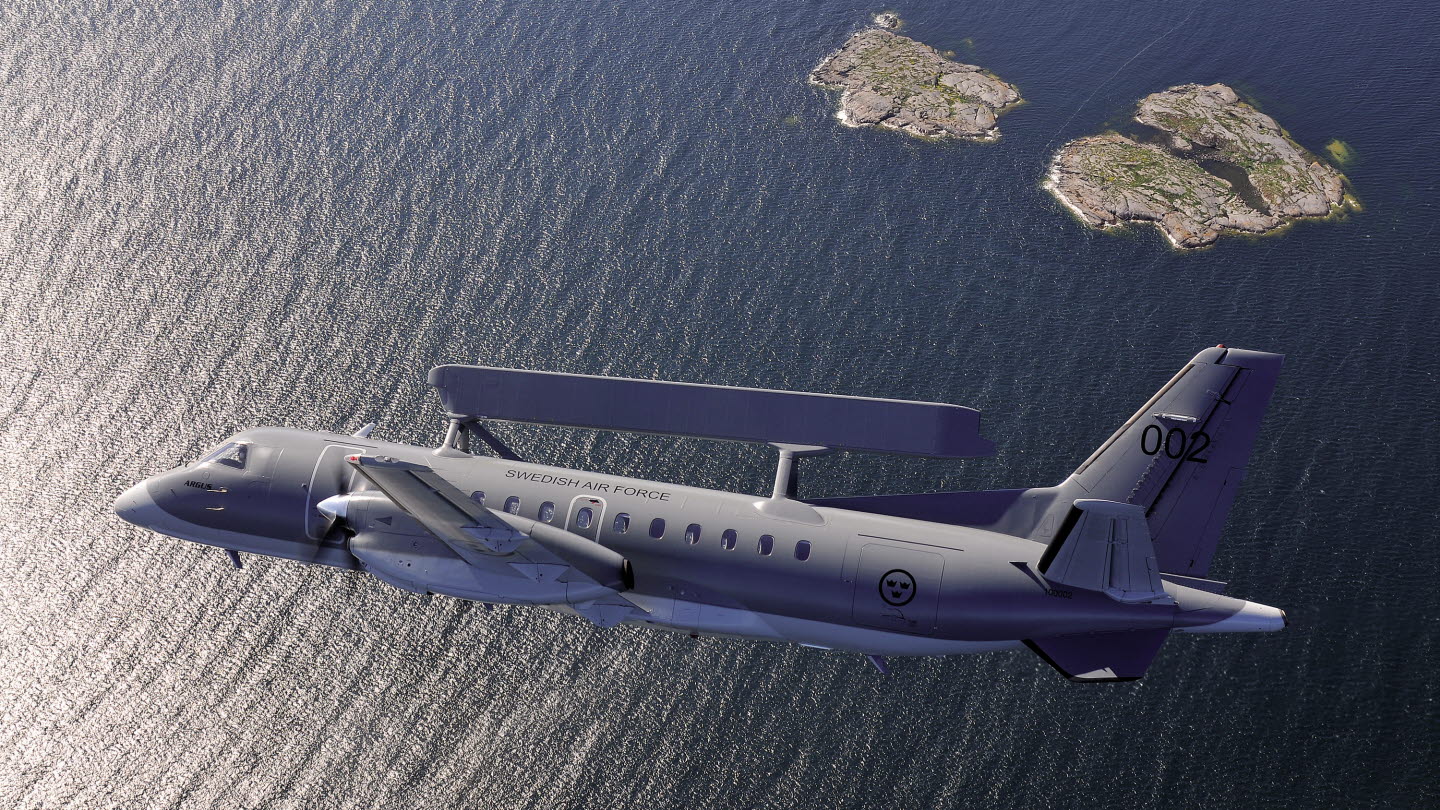Ukraine Officially Confirms Expectation of Swedish Gripen Fighters
Even a few Gripen C/D aircraft could change the dynamics of air combat in Ukraine.
Amidst the escalating wave of Russian missile and drone attacks, the Ukrainian Ministry of Defense has for the first time confirmed that it is expecting the arrival of Swedish Saab JAS 39 Gripen fighters, which would mark a qualitative leap in the capabilities of the Ukrainian Air Force (UAF).
In an interview with the BBC Ukrainian service, First Deputy Minister of Defence, Major General Ivan Havryliuk, indicated that, in addition to new batches of F-16 fighters and Mirage aircraft, Ukraine is "expecting" the inclusion of Swedish Gripens. When asked about the timetable or quantity, Havryliuk declined to give details, responding: "When you see them flying over Ukraine, then you will understand."
The announcement, although lacking a confirmed schedule, represents the first official confirmation from Kyiv that the Swedish multirole fighter—long considered an ideal option for Ukrainian operational needs—might join the war effort. This occurs in a context of increasing Russian pressure and the transition of US military support to new, European-led mechanisms.
A Decisive Boost for Ukrainian Air Defence
Designed from its inception to operate in high-threat environments against Russia, the JAS 39 Gripen C/D combines advanced avionics, state-of-the-art electronic warfare (EW), low operating cost, and dispersal capability, features that are particularly valuable for the Ukrainian Air Force.
One of the main challenges facing Kyiv is that its airbases remain priority targets for Russian ballistic missiles, cruise missiles, and loitering munitions. In that scenario, the Gripen was specifically conceived to operate from improvised bases or sections of highways, with reduced maintenance teams—six technicians can refuel and rearm it in less than 10 minutes—minimizing its vulnerability to long-range attacks.
Furthermore, the Gripen C/D incorporates an automated electronic warfare system designed to detect, jam, and deceive enemy radars and SAM systems, a crucial factor in an airspace densely saturated by Russian defences. These capabilities are combined with the PS-05/A pulse-Doppler radar, optimized for the detection of multiple aerial targets and capable of operating in air-to-air and air-to-surface modes, along with advanced tactical datalinks that allow for network-centric operations with other allied platforms.
The Gripen's incorporation would also strengthen Ukrainian capability in Beyond Visual Range (BVR) combat. The Swedish fighter can employ the European MBDA Meteor missile, whose ramjet propulsion system maintains high speeds even when launched from low altitude and subsonic speeds. This is key to counter the tactical advantage currently held by Russian Su-35S and MiG-31BMs, which operate from high altitude with powerful radars and long-range missiles.
The Meteor, along with the ability to integrate designation, reconnaissance, or electronic warfare pods, as well as precision air-to-surface and anti-ship guided weapons, makes the Gripen a true force multiplier.
Sweden: An Increasingly Relevant Partner
The expectation regarding the Gripen is part of an increasingly deep Swedish-Ukrainian cooperation in the aerospace and defence sector. Saab is already positioned as a key partner in the modernization of Ukrainian aviation, with projects to integrate AESA radars and Arexis EW suites into Soviet-era legacy platforms, such as the MiG-29s and Su-27s, extending their service life and increasing their lethality against a technologically superior enemy.
Furthermore, Stockholm has committed to the delivery of Saab 340 AEW&C (ASC 890) early warning aircraft, which are progressing according to the established schedule. These systems, along with the F-16s and the future Gripens, will form a much more sophisticated air framework with improved capabilities for early detection, airspace management, and mission coordination.

Although Sweden had initially ruled out transferring its Gripen due to a lack of surplus units and national security concerns—as it was not yet a full NATO member—its accession to the alliance and the evolution of the conflict appear to have shifted this calculus. Alternatively, aircraft leased to allies such as the Czech Republic and Hungary could become viable sources of supply, provided their air defence needs are guaranteed through allied deployments.
A Platform Designed for Ukraine's War
Más allá de la decisión política que determine el calendario y el volumen de entrega, el Gripen representa una plataforma concebida para el tipo de guerra que enfrenta Ucrania hoy: dispersa, de alta amenaza y con infraestructura en riesgo constante. Su integración no solo reforzaría la defensa aérea y el control del espacio aéreo, sino que permitiría ejecutar misiones ofensivas, de supresión de defensas y superioridad aérea desde el primer día.
En palabras del analista británico RUSI, incluso un número reducido de Gripen podría “alterar el equilibrio aéreo y obligar a Rusia a modificar su estrategia”. La confirmación de Kiev de que los espera indica que ese escenario comienza a tomar forma.

/https://aviacionlinecdn.eleco.com.ar/media/2025/03/saab_jas_39c_gripen.jpg)
Para comentar, debés estar registradoPor favor, iniciá sesión